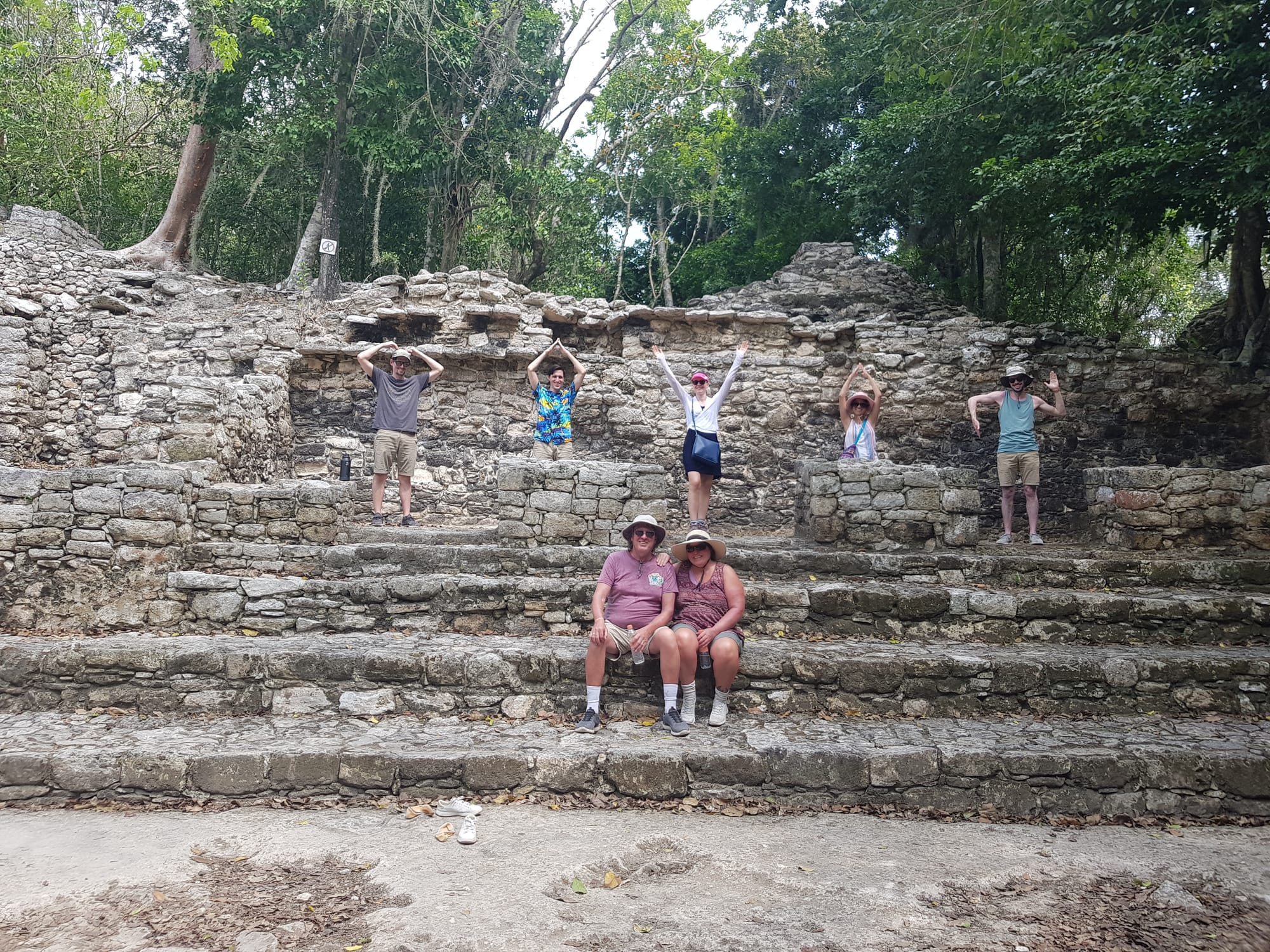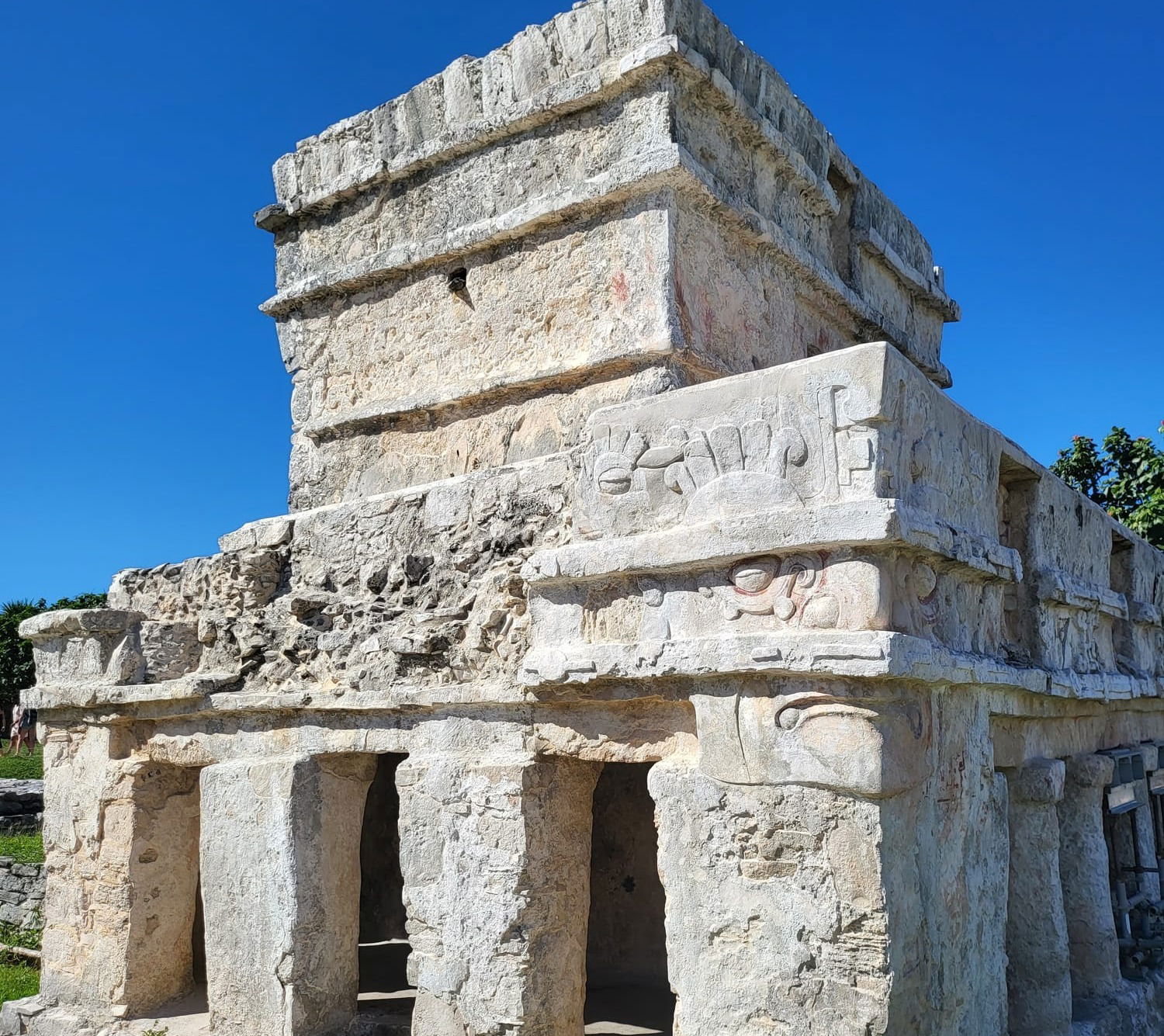The Art and Architecture of the Mayans: Chichen Itza, Tulum, and Coba

The Art and Architecture of the Mayans: Chichen Itza, Tulum, and Coba
The Maya civilization, known for its sophisticated culture, has left an indelible mark on the world through its art and architecture. Among their achievements, the cities of Chichen Itza, Tulum, and Coba stand out as magnificent examples of Mayan ingenuity. Below, we explore the architectural and artistic wonders of these sites.
"Choose the way you will like to visit it all, mixed, express or one by one. We will be happy to assist you to organize the excursion. Cenotes and local culinary could be a cool add."
- Chichen Itza: The Iconic Kukulkan Pyramid Chichen Itza, perhaps the most famous Mayan archaeological site, is home to the Kukulkan Pyramid, also known as El Castillo. This step pyramid demonstrates the Mayans' astronomical accuracy and architectural skills. Each side of the pyramid has 91 steps which, when added to the single step at the top, equal 365, the number of days in a year. The play of light and shadow during the equinoxes, which resembles a serpent descending the stairs, shows the depth of Mayan astronomical knowledge.

Tulum: Coastal Beauty and Frescoes Perched on the edge of a cliff overlooking the turquoise waters of the Caribbean Sea, Tulum serves as both a fortress and a ceremonial site. The Temple of the Frescoes, one of the well-preserved structures, highlights the Mayans' prowess in mural painting. Inside, the wall paintings depict figures in jade masks and elaborate headdresses, which emphasize the spiritual and ritual significance of the site.

Coba: Nohoch Mul Pyramid and Stelae Coba, located deep in the Mexican jungle, is known for its large network of stone causeways (sacbés) linking various temple pyramids. The Nohoch Mul Pyramid is one of the tallest Mayan pyramids, which visitors can still climb, offering a panoramic view of the surrounding jungle. Coba is also significant for its stelae—carved stones that depict high priests and rulers and tell stories of the city’s history.

- Ball Courts: A Unique Architectural Feature
Chichen Itza and Coba both feature Great Ball Courts where the Mayans played a ritualistic ball game, which held religious significance and reflected cosmic themes. The massive, I-shaped courts were architecturally designed to have impressive acoustics, allowing spectators and players to hear each other clearly from far away.

- Puuc Architectural Style in Uxmal
While not one of the primary three sites, Uxmal represents another facet of Mayan architecture known as the Puuc style, characterized by highly detailed masonry and unique geometric patterns. Buildings often feature a plain lower body and a richly decorated upper facade, showcasing the craftsmanship of Mayan stone-workers.
- Integration with Nature
Mayan architecture was closely integrated with its environment, using naturally available materials. The positioning of structures was keenly attuned to astronomical events and the landscape. Chichen Itza's buildings, for example, are precisely aligned with the positions of the sun during solstices and equinoxes, serving both spiritual and practical purposes.
- Use of Natural Resources
In addition to their architectural skills, the Mayans were adept at managing natural resources, as seen in their sophisticated water management systems at sites like Tulum, where they constructed reservoirs and canals to transport and store fresh water in a rather arid environment.

Exploring these sites offers insight into the complex social, religious, and political life of the Mayans. Their art and architecture not only serve as a window into a civilization that prized harmony with the cosmos and nature but also continue to awe and inspire modern society.